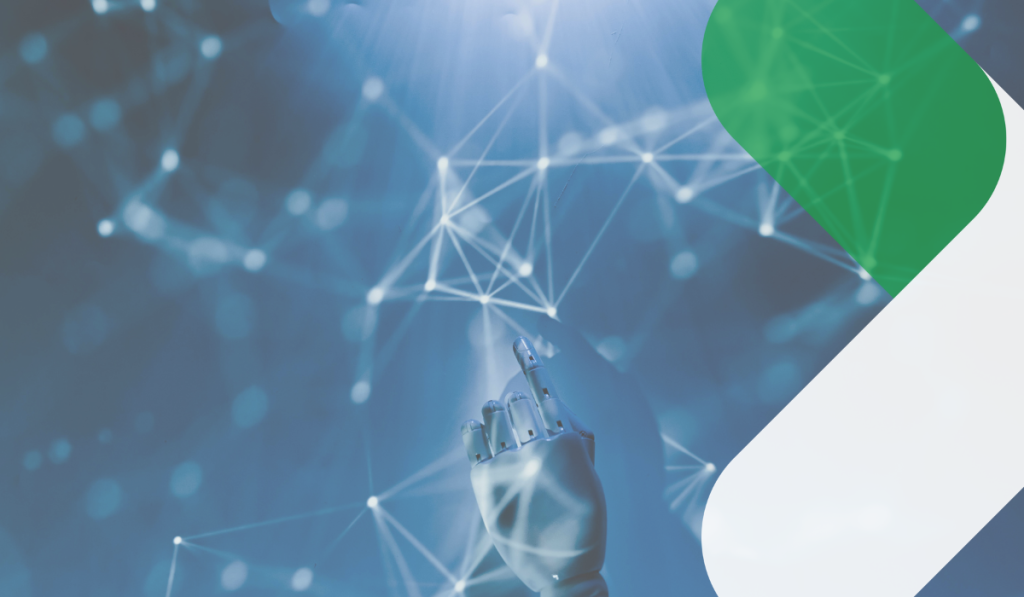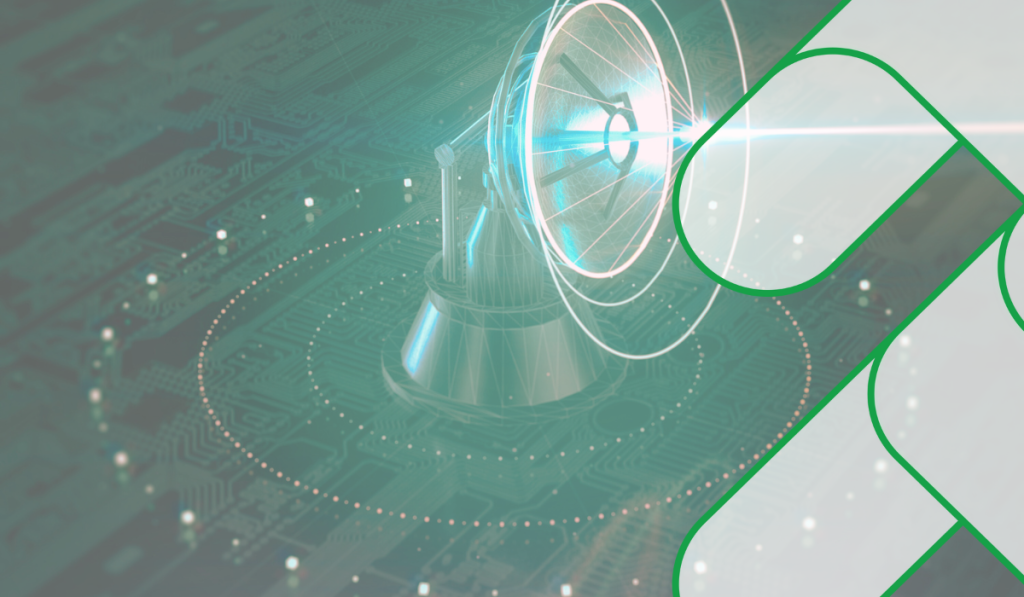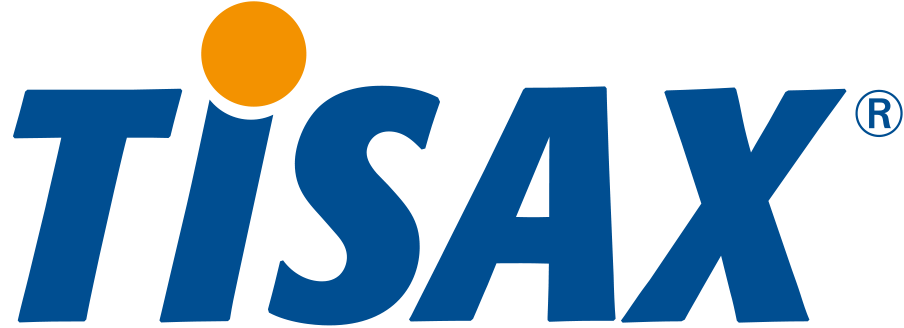Published in Sensors, Vol. 22(2), 2022
Authors: Samira Afzal, Laisa C., C. De Biase, Geovane Fedrecheski, William T. Pereira, Marcelo K. Zuffo
This paper explores how to connect IoT web applications to LPWAN. An analysis was conducted to examine the number of packets generated for the REST-based IoT use case over LPWAN, specifically Swarm OS over LoRaWAN.
Published in PeerJ Computer Science, Aug 16, 2021
Authors: Omer Ali, Mohamad Khairi Ishak, Muhammad Kamran Liaquat Bhatti
Over the past decade, the Internet of Things (IoT) has expanded dramatically from ultra-low-power hardware design to cloud solutions, and now, with the advent of 5G technology, a new horizon is opening up for edge computing on IoT devices. A wide range of communication technologies has been steadily developed in recent years, representing a broad range of subject areas and communication specifications.
Due to the heterogeneity of technologies and interconnections, the actual implementation of the IoT ecosystem is currently hampered by numerous problems of dynamic integration. In this context, several new IoT domains require a complete overhaul, design, and standardization from the ground up to seamlessly integrate the IoT ecosystem.
This paper investigates The Internet of Nano-Things (IoNT), Internet of Space-Things (IoST), Internet of Underwater-Things (IoUT) and Social Internet of Things (SIoT) with a broad future scope based on their integration and ability to leverage other IoT domains, highlighting their application areas, current research, limitations, and open issues.
Published by Cornell University, Feb 3, 2022
Authors: Brett W. Larsen, Stanislav Fort, Nic Becker, Surya Ganguli
The lottery ticket hypothesis postulates the existence of sparse trainable neural networks. This calls into question the role of overparameterization in network optimization. But why is this so? What are the theoretical foundations, and what determines the degree of sparsity?
Larsen et al. (2021) derive a theory based on the probability of success in reaching the desired set of loss sublevels.
Stay tuned!






